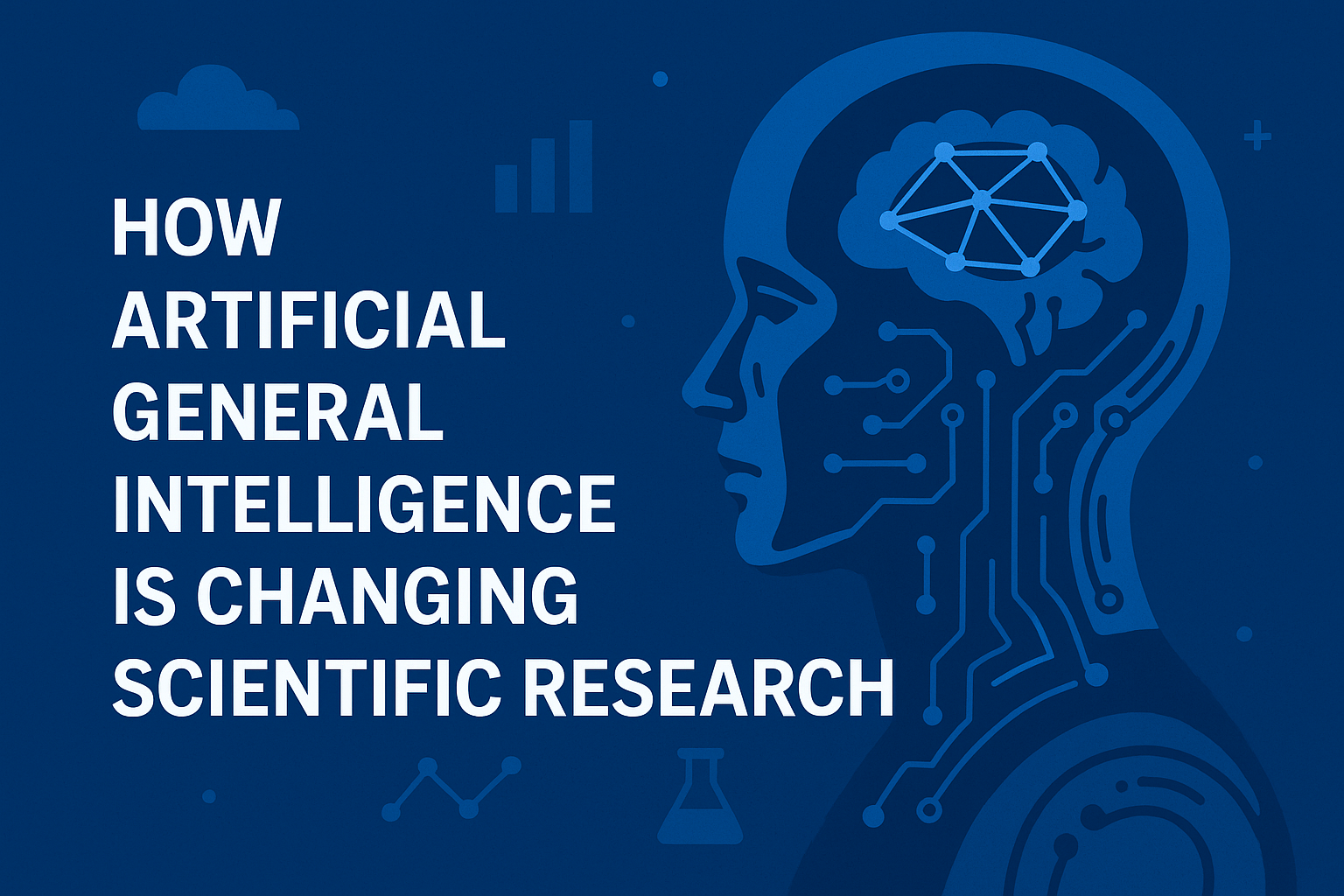Smart Materials Changing Engineering in Real-Time
Introduction Smart materials are transforming engineering in real-time. They respond to environmental changes like temperature and pressure. This adaptability offers dynamic solutions across various fields. These materials are not just futuristic concepts. They are actively used in industries today. From aerospace to healthcare, their impact is profound. Smart textiles, a subset of smart materials, integrate technology into fabrics. This innovation leads to applications in health monitoring and wearable tech. Advanced materials like shape-memory alloys and piezoelectric materials are key players. They change properties in response to stimuli, enhancing functionality. The potential of smart materials is vast. They promise to revolutionize engineering, making it more efficient and sustainable. As research progresses, the possibilities continue to expand. The future of engineering looks promising with smart materials at the forefront. What Are Smart Materials? Smart materials are a cutting-edge innovation in material science. They change their properties in response to external stimuli such as heat, light, and pressure. This responsiveness enables them to perform specific tasks that traditional materials cannot. These materials have transformed various industries due to their dynamic nature. Engineers and scientists harness their unique properties to create more adaptive and efficient systems. This transformation marks a significant shift from static to interactive designs. Key Properties of Smart Materials: Responsive: Change properties in response to environment. Adaptive: Modify behaviors or functions accordingly. Dynamic: Continuous real-time reactions. Their practical applications span diverse fields. From self-healing concrete in construction to adaptive textiles in fashion, the possibilities are endless. These advancements are only the beginning, with ongoing research continuing to push boundaries. Smart materials not only offer innovative solutions but also pave the way for future technological breakthroughs. They are integral to achieving more sustainable and energy-efficient designs. Types of Smart Materials and How They Work Smart materials are incredibly diverse, with each type tailored for specific functions. They include a range of substances that interact differently with their environment. Understanding how they operate helps us grasp their wide array of applications. Some common examples include shape-memory alloys that change shape when heated. Piezoelectric materials create electricity when under mechanical stress. Each plays a unique role in modern engineering innovations. Common Smart Material Types: …

